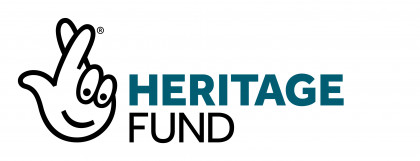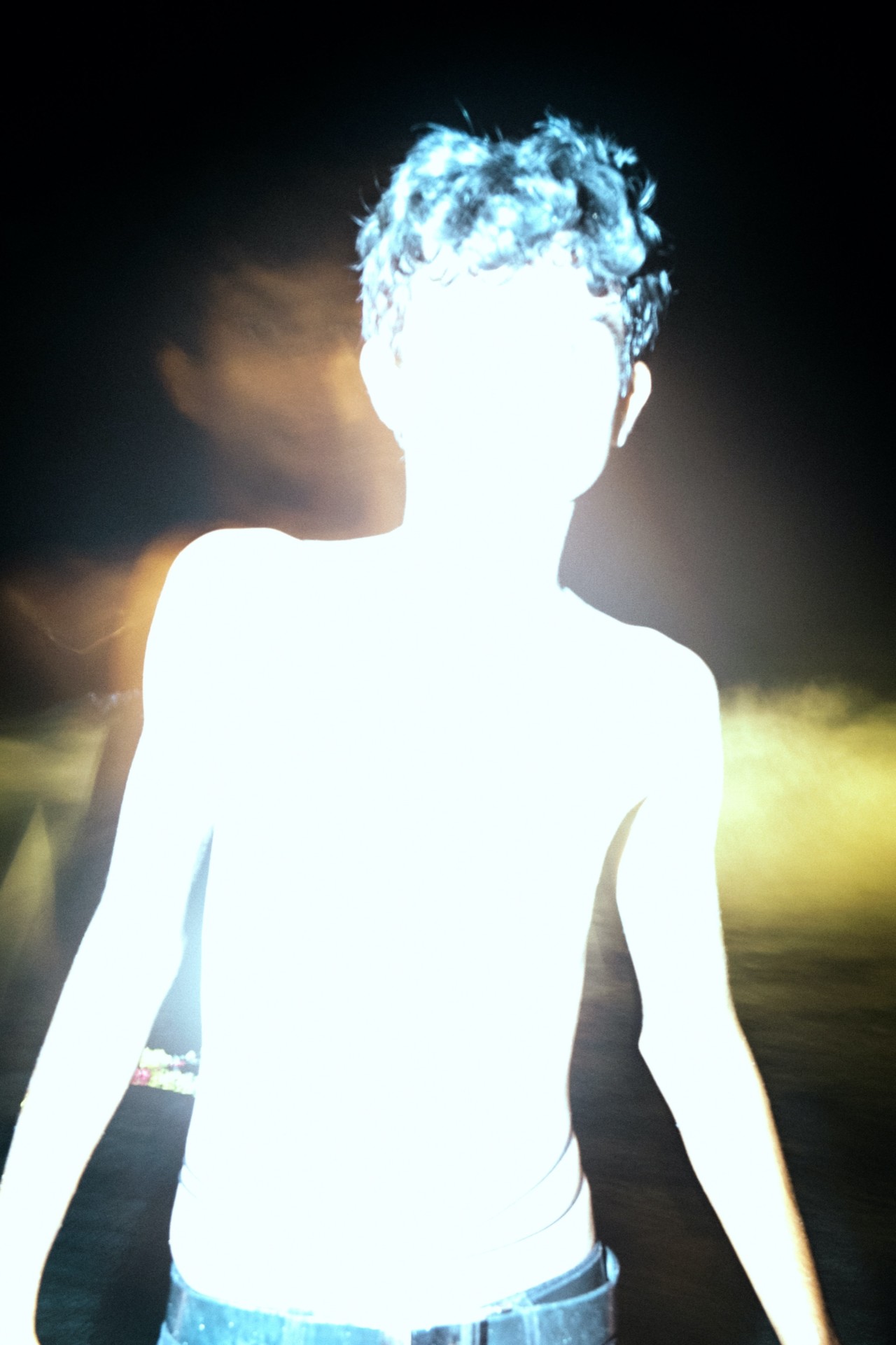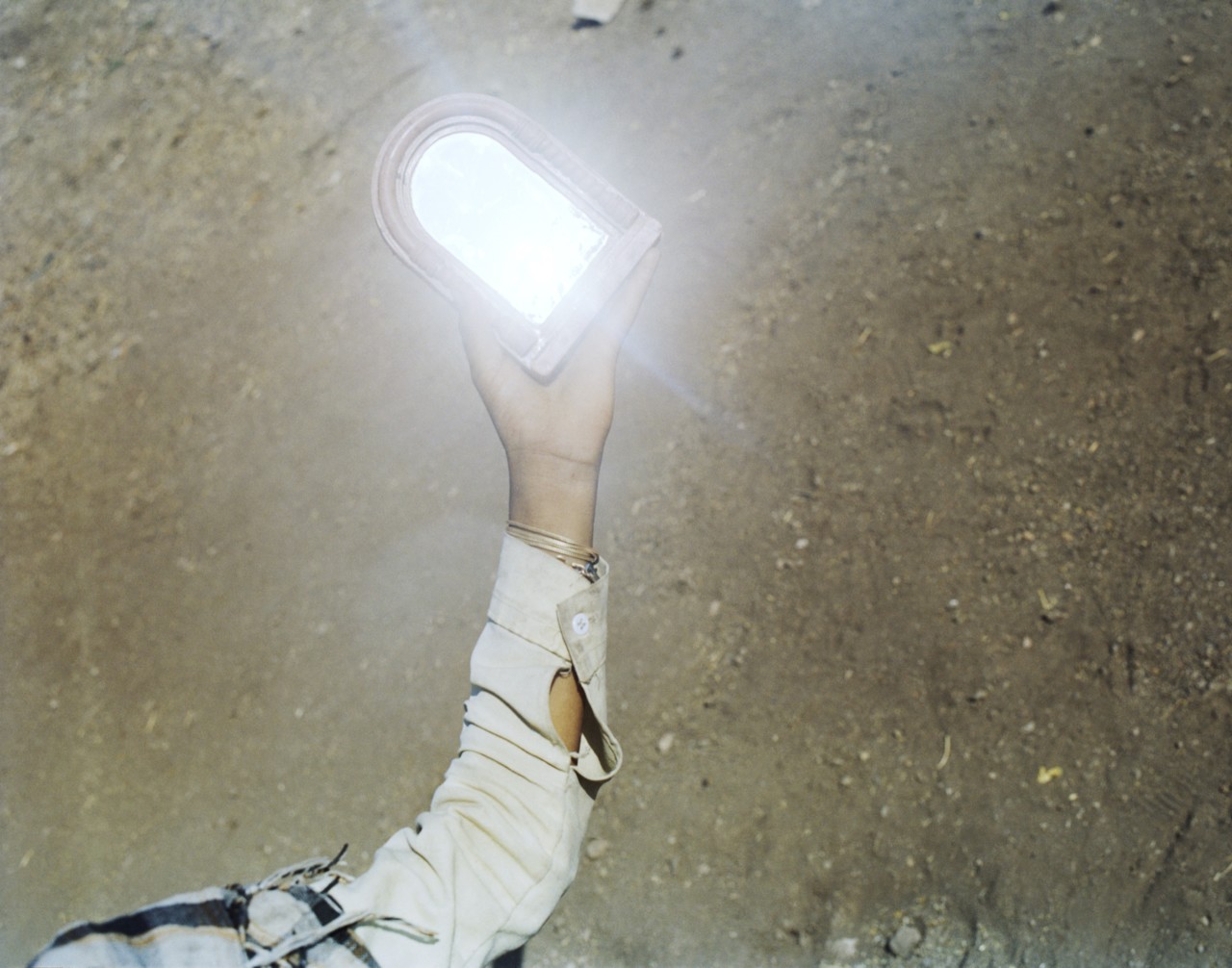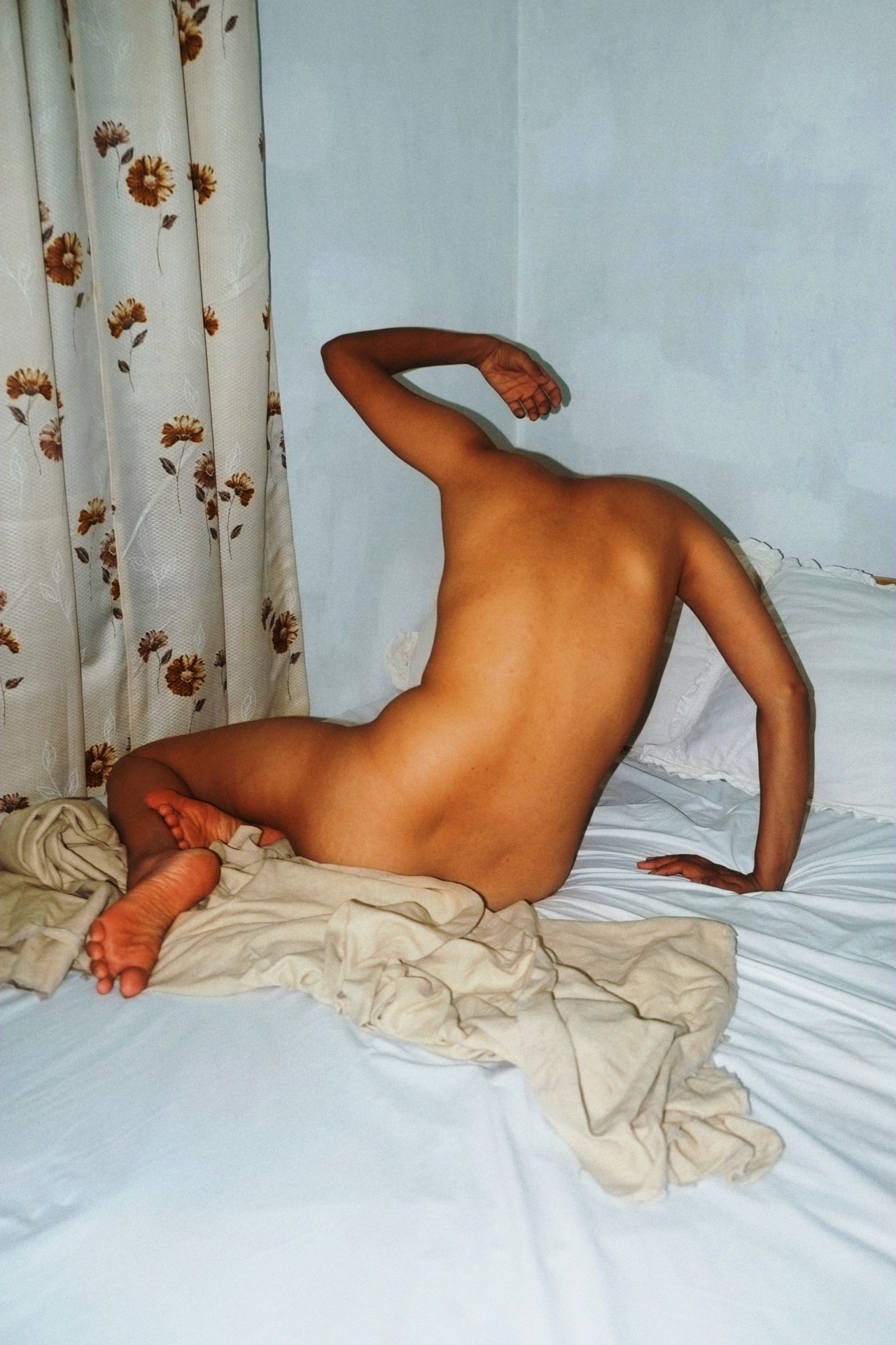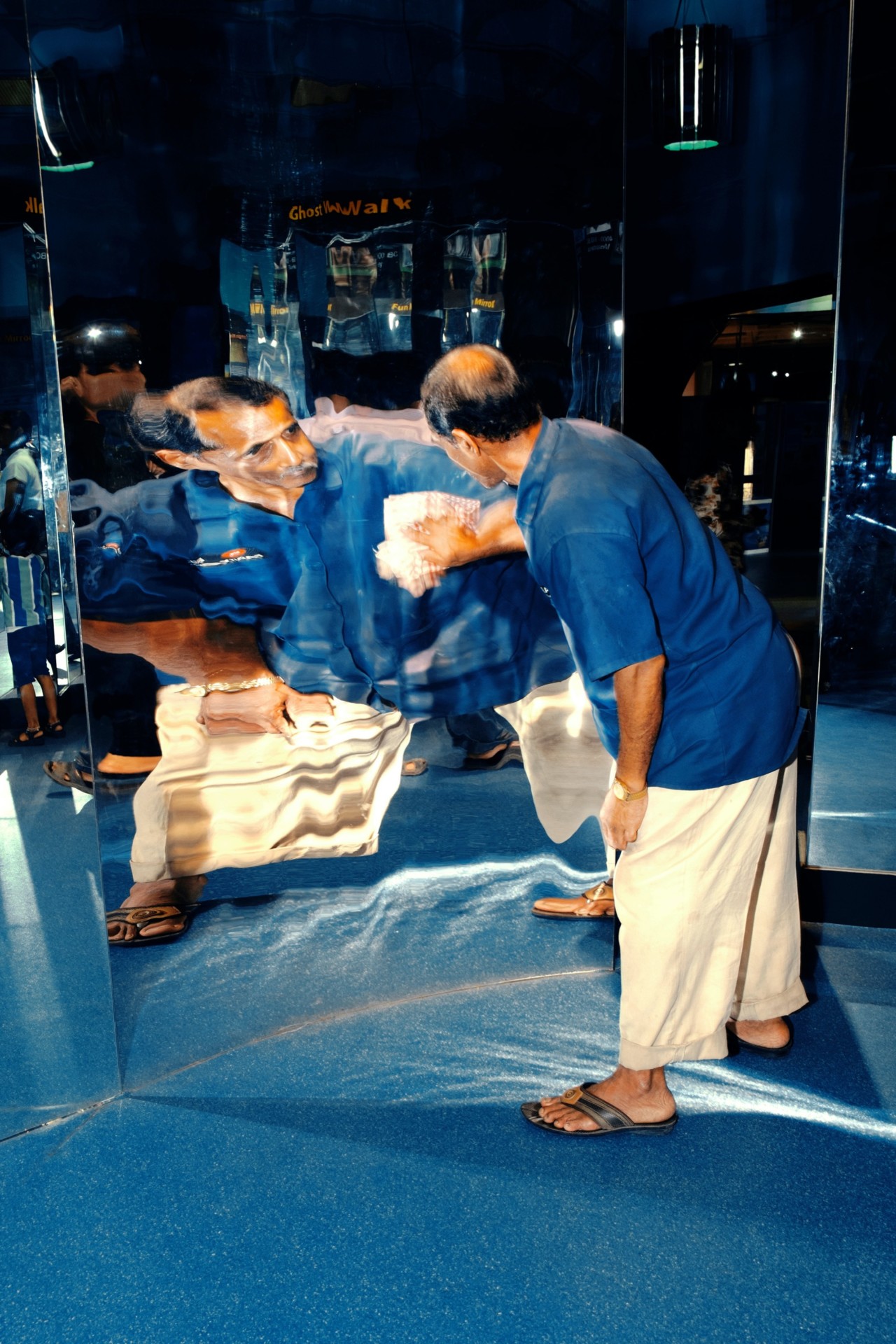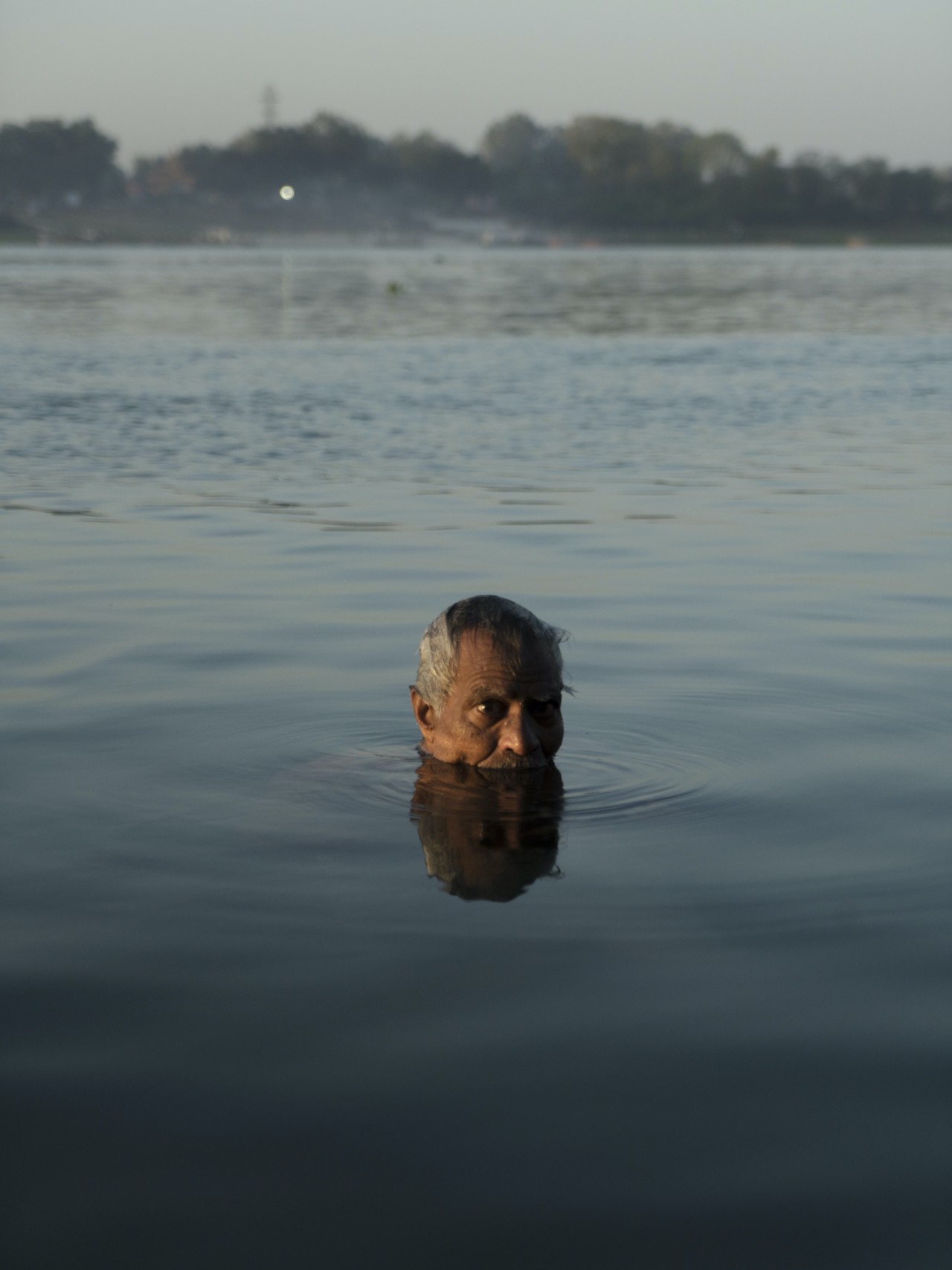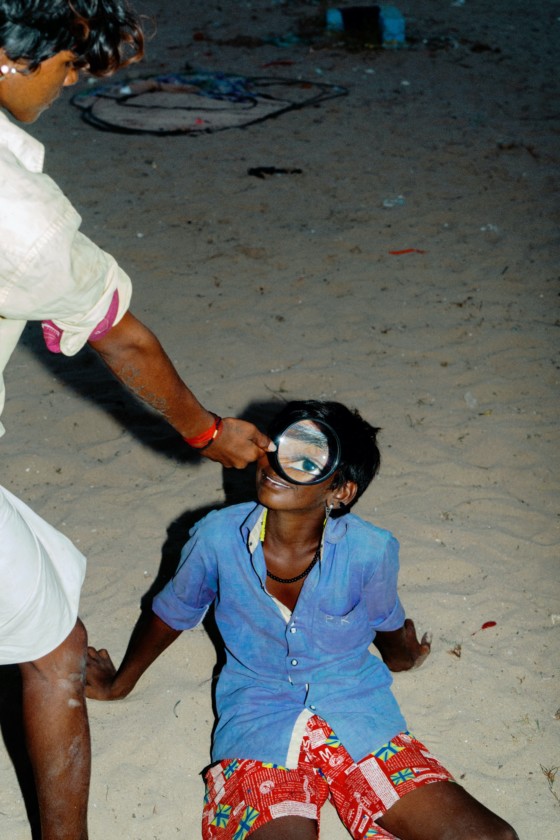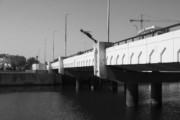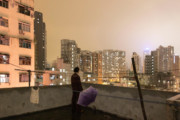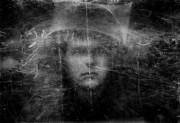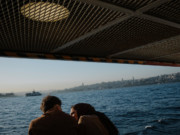Upon Reflection: Orientating The Body in Sohrab Hura’s Photography
The Magnum photographer’s work reveals the failures of objective truth — yet truthful understandings of ourselves may be found within it, as this essay explores
As part of Magnum Photos’ recent Emerging Writers in Residence program, six early-career photography writers were invited to research and respond to a topic of their choosing in Magnum’s photographic archive. This text is one of the works that were produced on the residency — see all six at the link here.
Kaivalya Brewerton is a multidisciplinary artist, specifying in dance, performance art, and moving image. In this text, she takes the work of Sohrab Hura as a starting point for an investigation of the mirror’s relationship with the body. Speaking to Hura about how he uses images to diffract understandings —and our concept— of truth, Brewerton presents her own reading of his images; a reflection of the conflicts, negotiations and subjectivities personal to the writer.
The world is, as much as we are, evolving, taking new directions, and identities. When we are continuously faced with moments that will define us, how do we make sense of ourselves and our relationship to those instances? Seemingly inconspicuous, the mirror’s functionality produces profound understandings of one’s self–– specifically, the self through the body. It is a point of orientation from which we understand ourselves in relation to the environment that surrounds us. Today, we see from the proliferation of images that one’s reflection can be facilitated through more than just traditional materializations of the mirror, but through various objects, images, and events one encounters over a lifetime. From these varied catalysts of identification, these sitings generate a basis to look into the correlation between photography and the mirror as a means of understanding one’s perception.
Based in New Delhi, Sohrab Hura employs a distortion of his subjects and various methods of content reproduction to open up the limitation of photography. His pictures taken across India aim to capture and site understandings of the self and others beyond the superficial and situate them within a more expansive set of relations. There is a sense of confusion, as much as a lure; these images disrupt assumed visual codes and decenter dominant narratives which dictate our relationships to ourselves and others. With Hura’s practice generating such an expansive gesture, this compilation of words and photographs serve as an excerpt to what Hura’s works touch on through the prolific regeneration of images and meaning.
What drew me towards Hura’s pictures when looking through Magnum’s archive was the work’s ‘turn away’ from documentary-style photography. The images had a sense of candidness, which fascinated me in its disorientating imagery; displaying validity in alternative perspectives that question perception. Not fully predictable nor stagnant: when looking at the photos, there was a feeling that I was exposed to merely a glimpse of a larger moment. They evoked a sense of curiosity and spoke of something not necessarily articulable to relay to whoever reads this here, but in a sense mirrored distinct truths from my reading of the images. The relationship to the body in his photography felt like an opportunity to find intersections in Hura’s work with my own research on one’s negotiations of space, time, and the self as a racialised body. In our interview together, the photographer introduced me to his work a second time through various forms of its publications.
For Hura, it was never about the single image, but rather a stream of photographs. His images are strung together with conscious attention to the frame which contextualizes them. In his book, The Coast, Hura says, ‘There is no fixed meaning to an image’. The work is accompanied by short story texts, yet, negates any finite conclusion as it leads the reader further away from certainty, through retellings of the same piece of fiction in 12 different iterations. As a result, the work highlights a poignant truth: the frame. and facts that fortify the image. are constructed. rather than inherent.
In our interview together, Hura elaborated on his motivations in making the work: ‘Often once we are given information, a succession of reports follow–– complicating the instance. Little by little the meaning is consciously or unconsciously altered… and that is where I think the power really lies, in how we are able to tweak these narratives to our own advantage.’ For this reason, to distract yourself with solely an image would miss the understanding one imbues in a subject beyond the reflection itself. Do we question enough the photograph, which like the mirror, has the potential to operate as a deceptive representation? Maybe the photograph, like a mirage, warns us of the power in altering context when one is not fixated on the deceptiveness of representation. Such questioning gives an opportunity to look at the mechanisms which construct what we see.
When acknowledging the larger framework, there is a responsibility presented to address the facilitation of dominant narratives through representation. These influences, consequently as much as infamously, affect one’s set of relations built on the associations which we take in continuously; informing us of things that orientate and persuade our modes of thinking, doing, and engaging. ‘How do we address issues of representation and misrepresentation, if not by looking at the larger system?’, argues Hura. ‘It is very important to step out, in order to understand the context within which something, so specific, as to how marginalised communities are being exhibited by photographers, artists, and filmmakers.’
Historically, dominant representations have been weaponized at the expense of marginalised communities. In a diversion of this, Hura’s work intends to confuse the audience, in an attempt to question perception: to demonstrate the validity in, and the plurality of, our perspectives. In doing so, it alters dominant narratives and visual representation of the marginalised body. It is important to note, however, whilst in conversation, Hura highlighted that most of the people within these photos presented were often assumed to be marginalised despite them not being from marginalised communities.
What became uncomfortably apparent for me was how different the interpretations of his work suddenly became. It demonstrated how, often, simplifying forms of visibility within the archive comes at the expense of marginalised communities. It was revealing about the influence of dominant narratives on one’s presupposition. When viewing these images within Magnum’s archive, within the West, the bodies are instinctually read as racialised and ‘other’. When viewing these images within the same locality––India–– as the photographer, the bodies are read with the social hierarchies facilitated uniquely in that place. I had to ask myself, what drew me to these images in the first place? Some figures, more than others, confuse the gaze in their estranging over-exposure. Yet, other more defined figures, within Hura’s photography, provide an entryway for me to impose assumptions already cultivated in my head.
What has revealed itself to be the most important is this: Hura’s process accentuates the significance of my positionality. My presence is highlighted by the very interpretation of the work, revealing more about me, by my implications, than of the subjects. We are not as improvised or free-thinking as we might assume ourselves to be. We have been building a network of thought that has been curated by the things we’ve been exposed to. Despite Hura’s objective to evade visual codes, I still initially read the subjects as racialised bodies. So, what do I do with this information?
It is still necessary to create disorientating and divergent imagery, rather than to look at photography for definitive answers. ‘The rectangular image is very limited,’ says Hura. ‘We are always leaving things out [of the frame] either deliberately, or by chance, or selectively bringing something in.’ Yet, that has for so many years been our idea of representation. The expectation of photography providing a fixed or definite answer was established through the perpetuation of a predominantly Western narration. As stated by Tina Campt in her book, Listening To Images, photography has been employed as an exploitative means of registry, cataloguing, and characterisation. The fact that the locality of the body changes within different contexts indicates the limitation of capturing the entirety of the individual. At the same time, it shines a light on these ‘fixed’ notions which influence the performativity of identities.
To think that we are not only capable of consuming so much from images, but are so impressionable towards them, prompts us to ask, what happens when we are confused by what is reflected back on to us? More so, what are the windows of opportunity that arise from the disorientation within a photograph? The point is that we are never able to capture the entirety of an individual, let alone fully understand what someone’s ‘situated knowledge’ might provide us when this comes from somewhere other than ourselves. The question then becomes, is it even possible to fully evade visual codes when we are so malleable to the precarity of context? Hura himself acknowledges, ‘The meaning of the images is not so much in the making of it, but more in how I put it out, in what context I put it out, and so on. But, in the end, I realised that I don’t have control over the echoes of an image and how they circulate beyond me.’ I am corrected upon my assumed reading of these subjects as racialised. Yet, still I identify with the image. Does one fact undo the other? While accounting for Hura’s intentions, contemplating these questions sends me into a renegotiation, as the space of ambiguity arises outside of both our control.
The collision of our two truths can only meet in their difference, or else one compromises the other. Although Hura’s intentions are not to project visual codes, he has written with visual vocabulary. It is true that the way we read images is heavily influenced by our subjectivity; and yet, a glaring issue stands: the Western perspective still pervades. The process of reading Hura’s work led me to reassess my methods of interrogation and to ask the following questions: If we are to look at Sohrab’s images as the mirror and Magnum as the frame, can I still look at the images out of the context of his arrangement? Or does the archive–– especially Magnum Photos’ archive–– and the ways images are used and exchanged, jeopardize the artist’s intentions in blurring context? It is not the mirror, but the hand, which forms the frame that unavoidably warps the image that I reflect on. As a result, my likeness is complicated and Hura’s intended reflection also compromised.
Kaivalya Brewerton is a multidisciplinary artist, specifying in dance, performance art, and moving image. Her practice materializes from a compositional approach– pulling from various texts and architectures of the socio-political, philosophical, and utilitarian. Her most recent projects derive from archival research and the autobiographical. She is interested in the oscillation between the microcosmic and the macrocosmic through the perspective of the body.
This project was made possible thanks to support from The National Lottery Heritage Fund.
